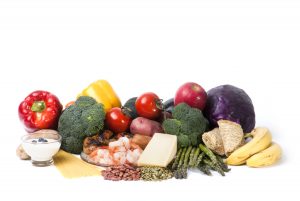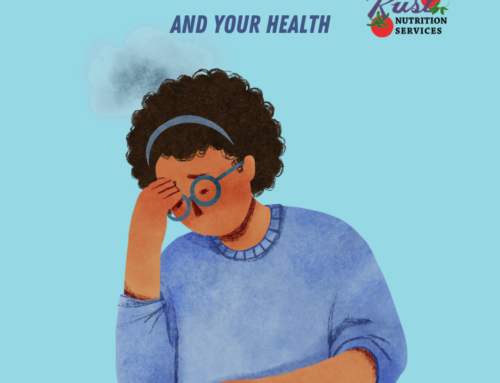You hear nutrition messages every day. “Eat less sugar.” “Adopt a plant-based diet.” “Avoid GMOs” “Include smoothies in your diet.” “Eat less salt.” “Avoid packaged food.” “Don’t eat carbs.” But who are these messages actually directed to? How can you, my reader, actually figure out what you are supposed to eat?
Age and Activity Matter

courtesy of eatright.org
The media tends to look at our food landscape as one table, if you will. One table filled with one healthy list of foods within food groups that everyone must eat.
But how a 50 year old man or woman should eat looks nothing like how an 18 year old boy or girl should eat.
“There’s this thing called the lifespan”
At every stage of human life, there is a set of nutrients that are required, and a range of energy (i.e. kilocalories) needed to sustain your activity during that stage. As nutrition professionals we have always used height and weight tables and charts, as well as USDA guidelines for what the Recommended Dietary Intake or Upper Limit of various nutrients are. Since obese children have an altered metabolism, things have changed over the years when it comes to assessing their needs. And no assessment tool is without drawbacks – this is where the physical exam and diet history come in.
While parents provide genetics, they also provide the eating environment for their children. A healthy metabolism is formed early in life – with breast or bottle. Early feeding helps a child understand and listen to his hunger and satiety cues. Early introduction of a variety of vegetables, fruits, and whole grains, can help a child’s palate develop to accept those foods, textures and flavors. Your best bet in treating obesity is avoiding obesity. It’s much harder to lose weight, than to maintain it (although that’s still quite a challenge).
Nutrition and Activity Key during Middle-Age
Your body begins to require less calories each decade after age 30. Once you reach 40, more prominent metabolic changes may occur. The media and television personalities often tout carbohydrates as “bad”, and while this blanket statement is too broad, it is true that your body may be having a more difficult time processing carbohydrates, or that you simply are requiring less quick energy (The glycemic index can also be used a tool to choose healthy foods.). If you are a parent, you don’t want to get into the trap of restricting food in both your diet and that of your child or teenager.
While the examination of how carbohydrate metabolism changes with aging isn’t clear, there’s no doubt that exercise is ever more important as you age. Assuming that your activity is light to moderate, most people between the ages of 45-65 are going to require less calories from smaller amounts of food, with a focus on whole foods from the basic food groups, limiting treats such as cocktails, dessert, fried food, etc. In other words – just about everything you eat should be providing good nutrition, not empty calories.
So what about calories? Men over 45 require anywhere from 2000-2800 calories, while women require anywhere from 1400-2200. Calorie needs depend on physical activity, age and height. Try evaluating your diet with the USDA Supertracker, then set goals to eat a bit less and move a bit more. When you track what you eat, and exercise, you’ll have more energy, and may also gradually drop a few pounds.





Hi I am Krupa Parekh – a dietician from Mumbai, India and I think you’ve hit the nail on the head when you say that diet and nutritional needs depend on the age group of people. What works for a person in his / her twenties will definitely not work for people in their fifties. I usually recommend that people start to wean themselves from rich and fatty foods and start adopting vegan diets as they get older which in turn puts less stress on their digestive organs and helps them feel more energetic and happy.